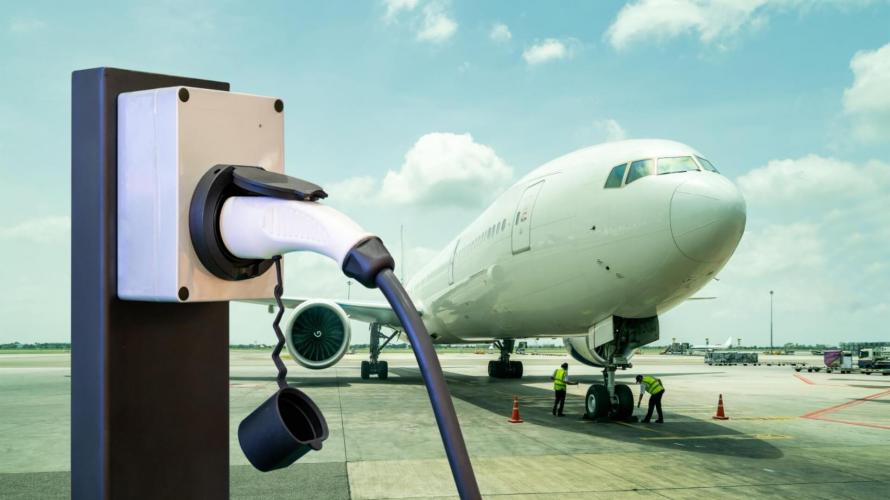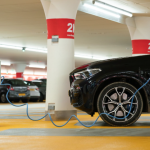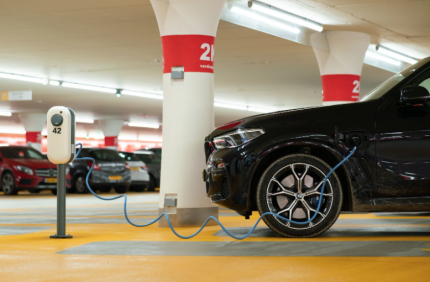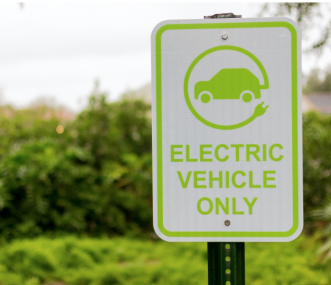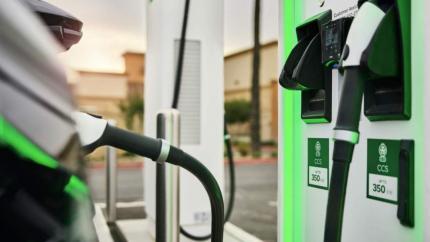Battery power is already propelling electric cars and trucks on roads around the world. With over 7 million passenger electric vehicles (EVs) being driven today, the sight of an electric coupe cruising down the highway is far from uncommon.
But what about the sea and air? How likely is it that we will soon see widespread electrification of planes, boats and more?
Here’s a brief overview of the current state of aerial and marine electric technology and a glimpse at the future of both sectors.
Marine
Electric boats are not a new innovation. The earliest electric boat was designed in 1839 and was even demonstrated to Emperor Nicholas I of Russia. Today, you can hop online and buy a battery-powered boat of your own.
The crafts available on the market right now, however, are limited in both battery life and cruising speed. Most electric boats you’d see in marinas around the world are intended for travelling short distances at speeds of only a few miles per hour.
The development of practical electric boats depends on improving existing technology – allowing for longer, faster voyages. How can we bring EV technology to shipping vessels and other large seacraft?
One big issue preventing that improvement is the difference in power demand between large boats and the average electric car. While a conventional lithium-ion battery can give a sedan enough power to commute to and from work each day, that same battery would do very little onboard an ocean liner.
Even using multiple batteries at once can only do so much. The Yara Birkeland, an autonomous electric shipping boat set to make short trips along the Norwegian coast later this year, runs on enough batteries to power 100 Tesla Model 3s. Even that massive power supply only gives it the ability to move around 8 miles per hour on short, local trips.
These limitations aren’t cowing manufacturers when it comes to attempting to electrify more boats though. Tokyo-based Asahi Tanker plans to bring a battery-powered “e5” tanker to Tokyo bay next year, and nautical manufacturers like BCI Marine are looking to improve and popularize commercial craft in an attempt to become the “Tesla of the seas.”
While lithium-ion batteries continue to improve and become cheaper, other clean fuel options become more viable too. Corvus Energy, a maritime battery manufacturer, has plans to bring to market combination battery and hydrogen fuel cell systems by 2023 in hopes that they will provide longer, more reliable operating times than batteries can on their own.
Aviation
Aircraft face huge barriers when it comes to switching to electric.
Aircraft also require more battery power than most electric cars – just like large boats. But since both boats and cars stay firmly on the water and ground, the weight of their batteries isn’t as big of an issue as it is for aircraft.
For an electric passenger jet to be able to travel as far as one powered by conventional fuel, it would need batteries weighing around 30 times more than its current fuel intake. It would never get off the ground. As it stands, current battery technology isn’t efficient enough to allow for electric aircraft to take the torch from their traditionally-fueled counterparts.
So players in the field of electric aviation have had to get creative. Instead of designing electric planes to be the same size and shape as current models, companies like the Israel-based Eviation are developing aircraft that are smaller and sleeker than modern passenger planes.
Eviation’s debut aircraft, Alice, is designed to carry nine passengers, not including its two pilots, and has a promised range around 500-600 miles at a top speed of 253 miles per hour. That means you could travel from San Diego to San Francisco in less than two hours. While that speed is only around half of what most jets can reach, Eviation believes Alice’s zero-emission capabilities more than make up for the slower travel time.
And small passenger planes like Alice aren’t the only avenue electric aircraft manufacturers are pursuing. China’s EHang is looking to develop electric autonomous aerial vehicles that can fly shorter distances with individual passengers, essentially serving as flying taxis, and companies like ePropelled are working to fine-tune the electric motors that would allow for these kinds of machines to get off the ground.
The EHang 216 recently became the first passenger-grade autonomous aerial vehicle granted permission for outdoor open airspace trial flights in Japan, with a range of around 22 miles at a top speed of around 80 miles per hour.
Smaller aircraft like the EHang 216 circumvent the issue of battery weight by only needing to transport one person at a time at lower altitudes than airplanes. While they can’t travel nearly as far as commercial jets or even craft like Alice, they’re built to serve a different purpose, one that hopes to see the electrification aircraft overhaul the world of urban transportation.
